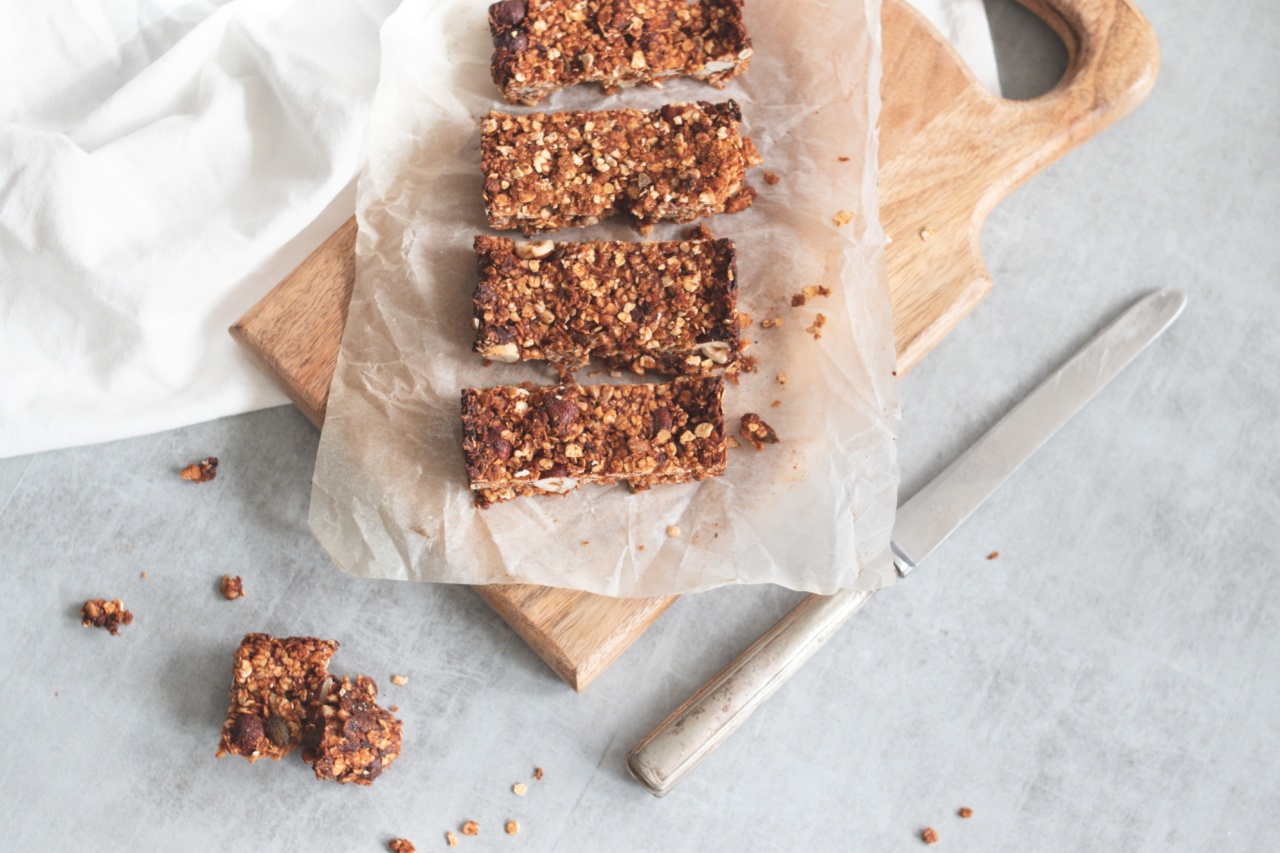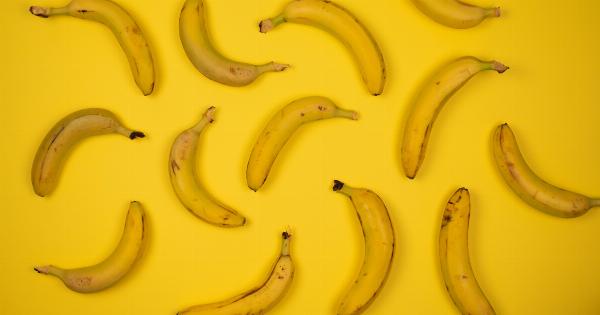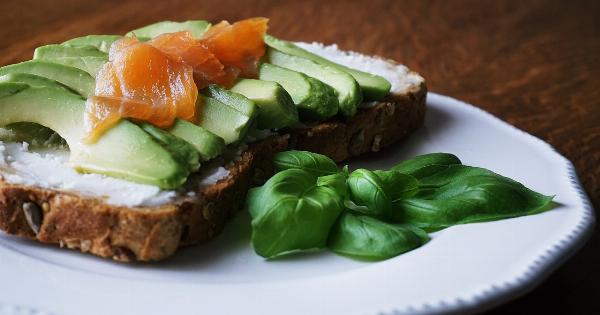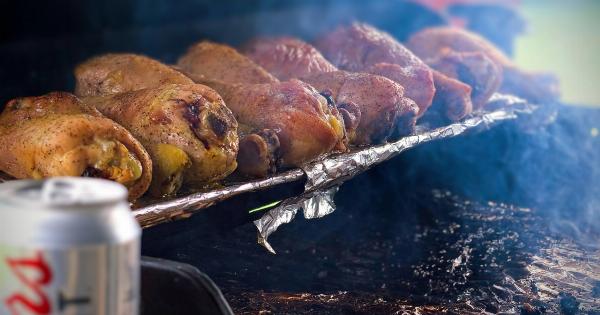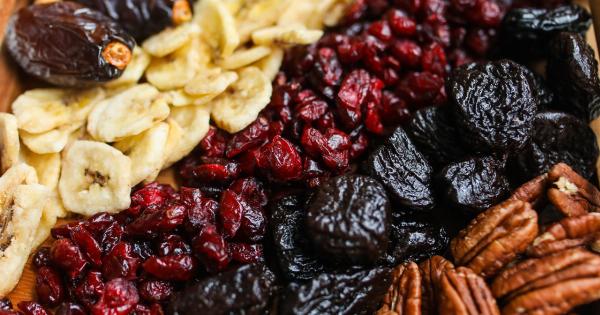Granola bars are considered to be a healthy snack option for many people. They are packed with nutrients and energy that keep us going throughout the day.
However, have you ever wondered what actually goes into making these bars, and how they look like under a microscope? In this article, we will explore the microscopic world of granola bars.
The Ingredients in Granola Bars
Granola bars are known for their wholesome ingredients, such as oats, nuts, seeds, and dried fruits.
These ingredients are mixed together with sweeteners like honey or maple syrup to create a sticky mixture that is pressed into bars and baked for a crunchy texture. Let’s take a closer look at these ingredients under a microscope:.
Oats
Oats are the main ingredient in granola bars, and they provide a good source of fiber and protein. Under a microscope, oats look like little flat disks with a crease down the middle.
The crease is where the oat bran is located, which is rich in fiber and helps to regulate digestion. It’s easy to see why oats are considered to be a healthy grain, as they are packed with nutrients like iron, magnesium, and zinc.
Nuts and Seeds
Nuts and seeds are a common addition to granola bars, as they provide a good source of healthy fats, protein, and fiber. Under a microscope, nuts and seeds have a complex structure that varies depending on the type.
For example, almonds have a smooth surface with a small crease, while sunflower seeds have a bumpy surface with multiple grooves. Regardless of their appearance, nuts and seeds are packed with vitamins and minerals like vitamin E, zinc, and potassium.
Dried Fruits
Dried fruits are a great way to add natural sweetness to granola bars without using processed sugars. Under a microscope, dried fruits like raisins and cranberries look like shriveled-up versions of their fresh counterparts.
However, their nutritional value is just as potent as fresh fruits, as they are packed with antioxidants, fiber, and vitamins like vitamin C.
The Manufacturing Process of Granola Bars
The manufacturing process of granola bars involves heating and mixing the ingredients to create a cohesive mixture that can be pressed into bars. Here is a closer look at the manufacturing process:.
Mixing
The first step in making granola bars is to mix together the dry ingredients, like oats, nuts, and seeds, with the wet ingredients, like honey or maple syrup. This creates a sticky mixture that will hold the bars together.
Pressing
The mixture is then pressed into a bar shape using a machine. This process compresses the ingredients together and removes any air pockets. This ensures that the bars stick together properly and have a consistent texture.
Baking
The bars are then baked or toasted to create a crunchy texture. This also helps to bind the ingredients together and give the bars their characteristic taste and aroma. The baking time and temperature may vary depending on the specific recipe.
Final Product
After baking, the granola bars are cooled and packaged for sale. Some manufacturers may add additional coatings or toppings, like chocolate or yogurt, to enhance the flavor and texture of the bars.
The Microscopic World of Granola Bars
Now that we have a better understanding of the ingredients and manufacturing process of granola bars, let’s take a closer look at the microscopic world of these snacks.
Oats Close-Up
Under a microscope, oats look like flat disks with a crease down the center. This crease is where the oat bran is located, which is rich in fiber and nutrients like iron, magnesium, and zinc.
The surface of the oats is slightly rough, which helps to hold the other ingredients together in the mixture.
Nuts and Seeds Close-Up
Nuts and seeds have a complex structure that varies depending on the type. For example, almonds have a smooth surface with a small crease, while sunflower seeds have a bumpy surface with multiple grooves.
Regardless of their appearance, these ingredients are packed with vitamins and minerals like vitamin E, zinc, and potassium.
Dried Fruits Close-Up
Dried fruits like raisins and cranberries look like shriveled-up versions of their fresh counterparts under a microscope.
However, their nutritional value is just as potent as fresh fruits, as they are packed with antioxidants, fiber, and vitamins like vitamin C. Dried fruits also provide natural sweetness to the granola bars.
In Conclusion
The microscopic world of granola bars is just as fascinating as the snacks themselves. From the flat disks of oats to the complex structure of nuts and seeds, there is a lot to explore under the microscope.
Understanding the ingredients and manufacturing process of these bars can also help us to make more informed choices when it comes to our snacking habits.
